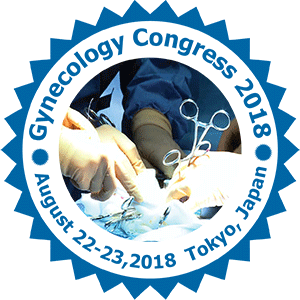
Romanov Andrey Yurievich
Lomonosov Moscow State University, Russia
Title: Human blastocyst hatching success in the IVF cycles: cell and genetic predictors
Biography
Biography: Romanov Andrey Yurievich
Abstract
According to in vitro experiments, up to 75% of morphologically normal human blastocysts cannot spontaneously leave the zona pellucida (ZP), which can lead to implantation failure.
The aim of the study was to identify predictors of human blastocyst hatching success in assisted reproduction programs.
Materials and methods. This prospective case-control study included 83 blastocysts - 36 blastocysts (43.4%) in group of spontaneous hatching and 47 blastocysts (56.6%) in control group.
Hatching success assessment was performed after 144–146 hours post fertilization. The expression of cathepsin V (CTSV), GATA binding protein 3 (GATA3) and human chorionic gonadotropin beta (CGB) genes were detected by qRT-PCR (“DNA Technology”, Russia).
Results and discussion. The efficacy of spontaneous hatching of human blastocysts are determined not by the quality of the ZP, but by the quality of the blastocysts themselves. The rate of blastocysts with the thickening or other defects of the ZP was similar in the two groups. High-quality embryos have enough adaptation possibilities for the timely release both from the normal and the thickened ZP. The quality of blastocysts on the fifth day of culture by Gardner classification was higher in the group of spontaneous hatching.
Expression of CTSV, GATA3 and CGB genes was higher in blastocysts in spontaneous hatching group, which was associated with high ICM and TE quality. This indicates that hatching is a special stage of blastocyst development, characterized by a chronological and chronogenetic determinism. This may be a mechanism that prevents the implantation of a defective embryo with retarded development or other development disorders. The expression of CTSV, GATA3 and CGB genes is lower in low-quality blastocysts, which does not allow them to commit spontaneous hatching and to implant into the endometrium.

